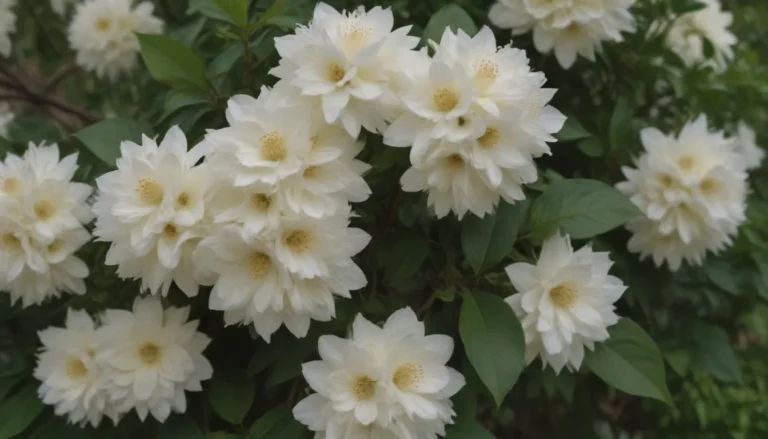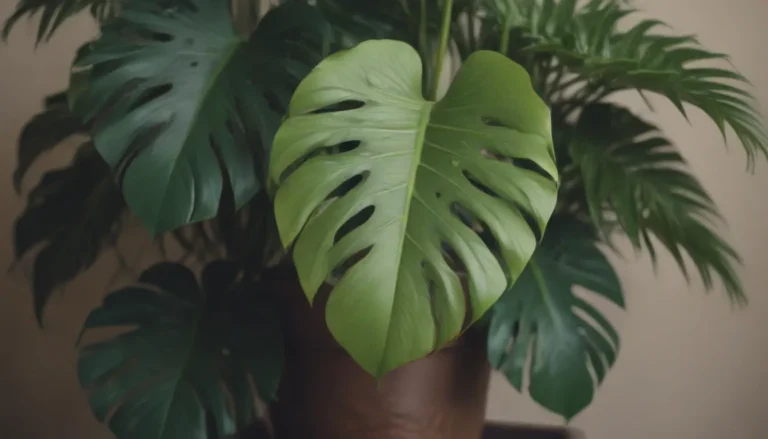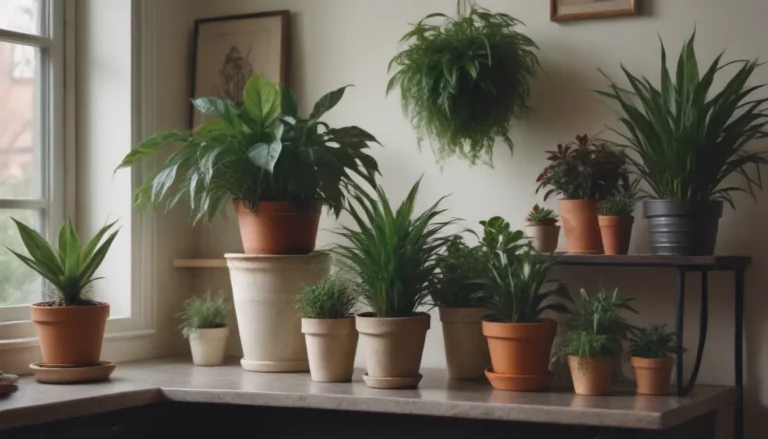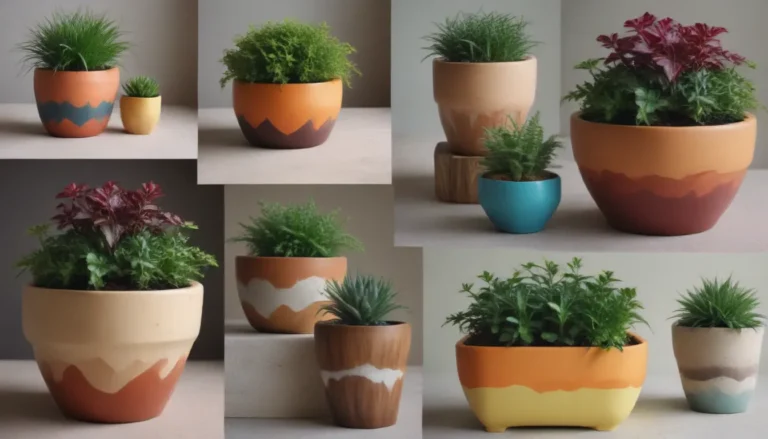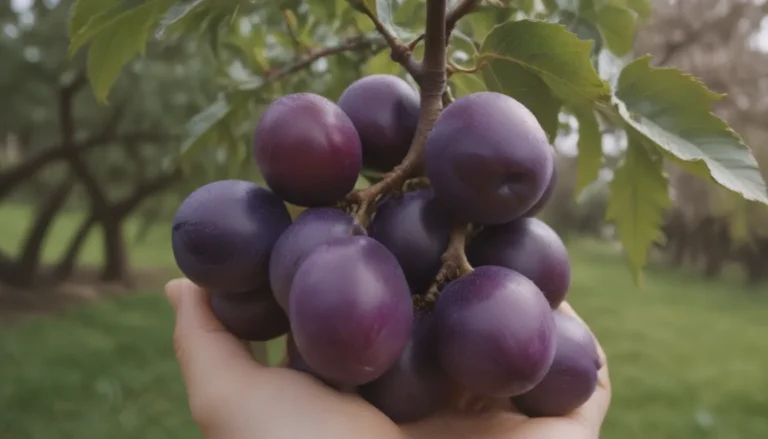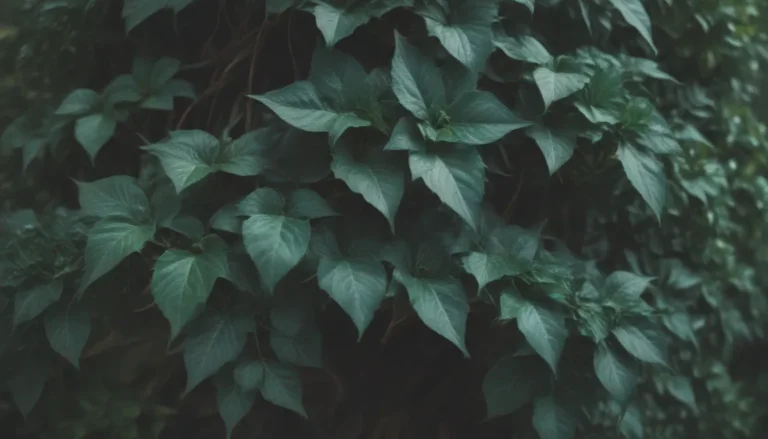The Ultimate Guide to Growing and Caring for Borage (Starflower)
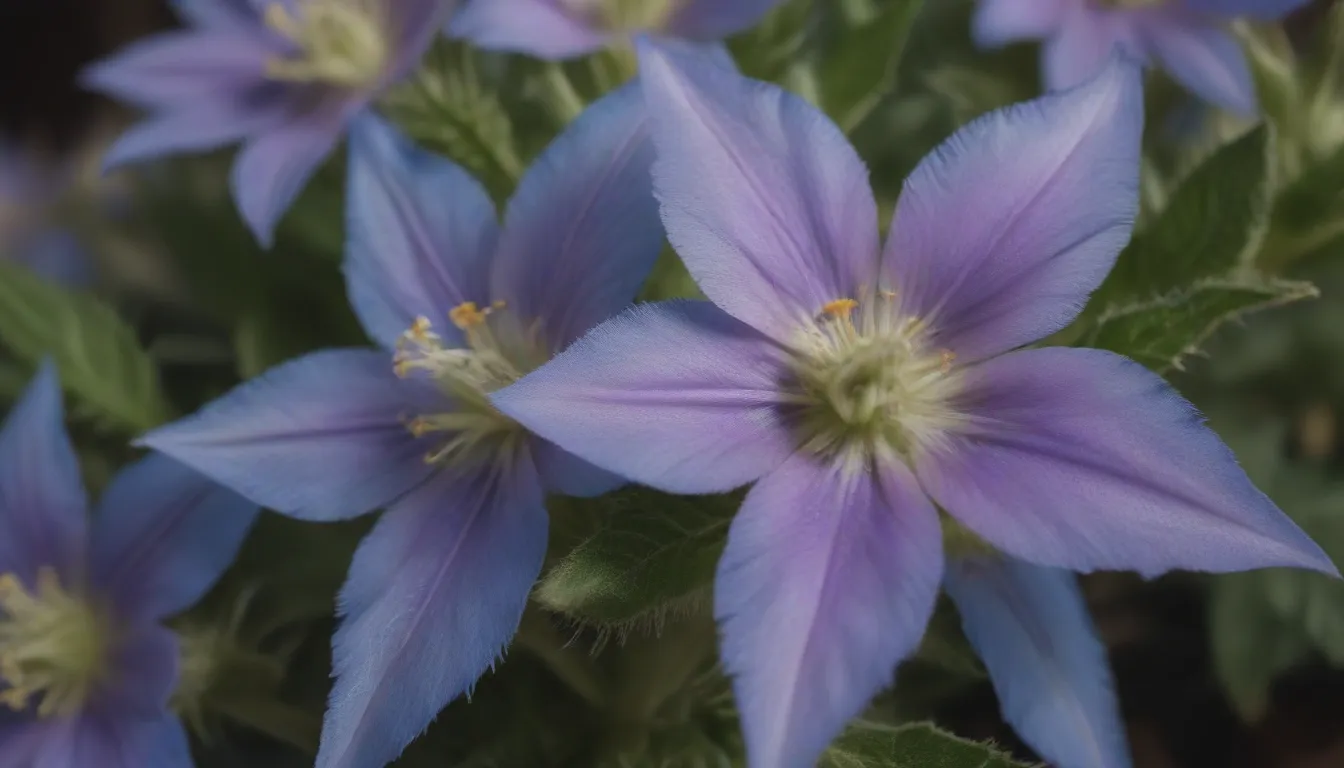
Are you looking to add a splash of vibrant blue to your garden while also enticing pollinators into your vegetable patch? Look no further than borage, also known as starflower. This easy-to-grow annual herb not only boasts stunning star-shaped flowers but also offers a subtle cucumber flavor and scent. In this comprehensive guide, we will explore everything you need to know about planting, growing, and caring for borage to ensure a successful garden full of these beautiful blooms.
Getting to Know Borage
Before we dive into the nitty-gritty of planting and caring for borage, let’s take a moment to get acquainted with this captivating herb.
- Companion Planting: Borage is considered a good companion plant for tomatoes, squash, and strawberries. It’s said to deter tomato hornworms and improve the flavor of tomatoes growing nearby.
- Appearance: Borage features vivid blue flowers that hang in downward-facing clusters, along with greenish-gray stems and leaves covered in a prickly fuzz that acts as a deterrent for insects.
- Toxicity: While people do eat borage leaves, it’s important to note that they are mildly toxic to both humans and pets. The leaves contain pyrrolizidine alkaloids, which can cause digestive problems if consumed in large quantities.
Now that we have a basic understanding of borage let’s move on to the practical aspects of growing and caring for this delightful herb.
How to Plant Borage
When to Plant
The ideal time to plant borage in your garden is in the early spring after the threat of frost has passed. Alternatively, you can start seeds indoors three to four weeks before the last projected frost date in your area.
Selecting a Planting Site
Borage is a versatile herb that can thrive in various soil conditions as long as there is good drainage. Choose a location that receives at least four hours of direct sunlight daily, and avoid planting near taller plants that might shade the borage as it grows. If space is limited, borage can also be grown in containers.
Spacing, Depth, and Support
Since borage is typically planted from seeds, sow them 1/4 to 1/2 inch deep in the soil. Once the seedlings reach six to eight inches in height, thin them out and space them 18 to 24 inches apart. Unlike some plants, borage does not require additional support structures as it grows.
Borage Care
Light
Borage thrives in full sun to partial shade, although planting it in full sun will result in more blooms and sturdier stems.
Soil
While borage can tolerate dry, nutrient-poor soils, it prefers moderately moist, well-drained soil with a slightly acidic pH. Amending the soil with organic matter like compost can provide the plants with essential nutrients.
Water
During the germination and establishment phase, water your borage plants regularly to keep the soil evenly moist. Once the plant is mature, allow the soil to dry out between waterings.
Temperature and Humidity
Borage is a hardy herb that can withstand a wide range of temperatures but is not frost-tolerant. It does not have specific humidity requirements.
Fertilizer
If your borage is growing in poor soil, consider feeding it periodically with a balanced fertilizer suitable for edible plants. Fertilizers high in phosphorous can help boost flower production.
Pollination
Borage is a self-pollinating plant that attracts bees and other pollinators to your garden, making it a valuable addition for promoting pollination.
Harvesting Borage
After approximately eight weeks of growth, your borage plants should reach maturity. Harvest the leaves and flowers as needed, ensuring that you deadhead the plants to encourage continuous blooming. Borage leaves and flowers can add a refreshing cucumber flavor to salads, soups, and beverages when used in moderation.
Remember that borage should not be consumed in large quantities due to its mild toxicity. Enjoy it sparingly as a flavor enhancer rather than a staple food item.
How to Grow Borage in Pots
If you’re short on garden space, growing borage in pots is a fantastic alternative. Use a container that is at least 12 inches deep with adequate drainage. Container-grown borage may require more frequent watering, but be cautious not to overwater and cause root rot.
Pruning and Propagating Borage
Regular deadheading will keep your borage plants blooming for an extended period. Additionally, pruning the plants back by half in midsummer can stimulate the growth of new leaves for a late summer harvest.
Borage is typically propagated from seeds, but it can also self-seed readily. Collect seeds from mature plants, store them in a cool, dry place, and sow them in the spring for new growth.
Overwintering and Common Pests
Borage is an annual plant that completes its life cycle in one season. It self-seeds abundantly, so remember to remove excess volunteer plants to prevent overcrowding. While borage is relatively pest and disease-resistant, watch out for powdery mildew in subpar growing conditions.
In conclusion, borage is a versatile and beautiful herb that can liven up your garden with its vibrant blooms and refreshing flavor. By following the tips and guidelines in this guide, you can successfully grow and care for borage in your garden, reaping the benefits of this delightful herb throughout the growing season. Happy gardening!
